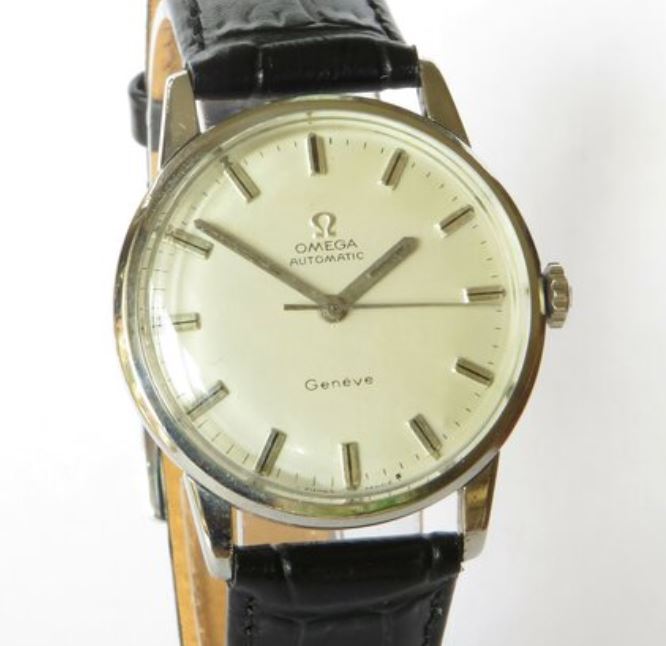Last Updated on January 28, 2024 by Jason
Louis Brandt (1825-1879) founded a watchmaking empire in 1848 in La Chaux-de-Fonds, Switzerland. He worked out of a small workshop in the family home. The original company was known as La Generale Watch Co. In the beginning, Brandt assembled key-wound pocket watches made from parts supplied by local artisans. He sold his pocket watches throughout Europe. However, Britain was his most successful market. When Louis Brandt died in 1879, his sons, Louis-Paul and César, took over the family business. They were both inspired by their father’s passion for producing high-quality timepieces.

In 1894, the company developed an inhouse movement known as the 19 ligne calibre. It was manufactured using revolutionary new methods and set new standards for watchmaking. The 19 ligne was the first movement to allow the combination of winding and setting the time via the crown. Previously, watches were wound and set by a key. It was also an extremely accurate movement that could be worked on by any watchmaker in the world without the need for modifying parts. The brothers named the new movement ‘Omega’, a name which means extreme of final part. The movement became very popular with the public. Its success ensured that the future of watchmaking was to be with series-produced movements. After the ongoing success of the 19 ligne calibre, the company officially adopted the brand name Omega in 1903.
20th Century
The beginning of the 20th century was a difficult time for Omega. The company suffered from a number of economic setbacks, most notably the financial crises that followed the First World War and the 1918–1920 Spanish Flu pandemic.
In 1929, Omega was still going through a difficult economic period and the decision was made to amalgamate with Tissot to create the SSIH (Société Suisse pour l’Industrie Horlogère). This merger allowed both brands to survive in a very difficult economic environment. It was decided that Tissot would focus on the mid-range market and Omega would take on the high-end market. Two years later, they were joined by another Swiss manufacturer, Lemania. The crisis persisted and in 1931, 50% of the employees were unemployed, resulting in a drop in business of almost 40% in two years.
During the 1930s, Omega introduced several innovations to the public. In 1931, the first prototype of an automatic movement with bidirectional winding. In 1932, the first specialist marine diver’s watch was introduced to the market. It had a patented water-resistant case with a cork seal to prevent water from entering the dial. It was also equipped with an adjustable clasp that could be worn over a diving suit. In 1937, the “Médicus” watch was offered to the public. This model is characterised by the central hand for the seconds, and was mainly used by medical personnel to monitor the heartbeat of patients. It came to be known as the “nurses’ watch”. Omega, although experiencing continuing economic difficulties, was able to support the British and Allied armed forces during the Second World War by being their biggest watch supplier.
In the post-war era, Omega continued to innovate. Omega introduced the iconic Omega Seamaster in 1948, followed by the legendary Omega Speedmaster in 1957. The Speedmaster, renowned for its durability and precision, would later gain fame as the first watch worn on the moon during the Apollo 11 mission in 1969.
Throughout the 1960s and 1970s, Omega expanded its presence globally, establishing itself as a symbol of prestige and innovation in the watchmaking industry. The company continued to push the boundaries of technology and design, introducing new materials and advancements in watchmaking.
Related content
Omega SA at Wikipedia.
